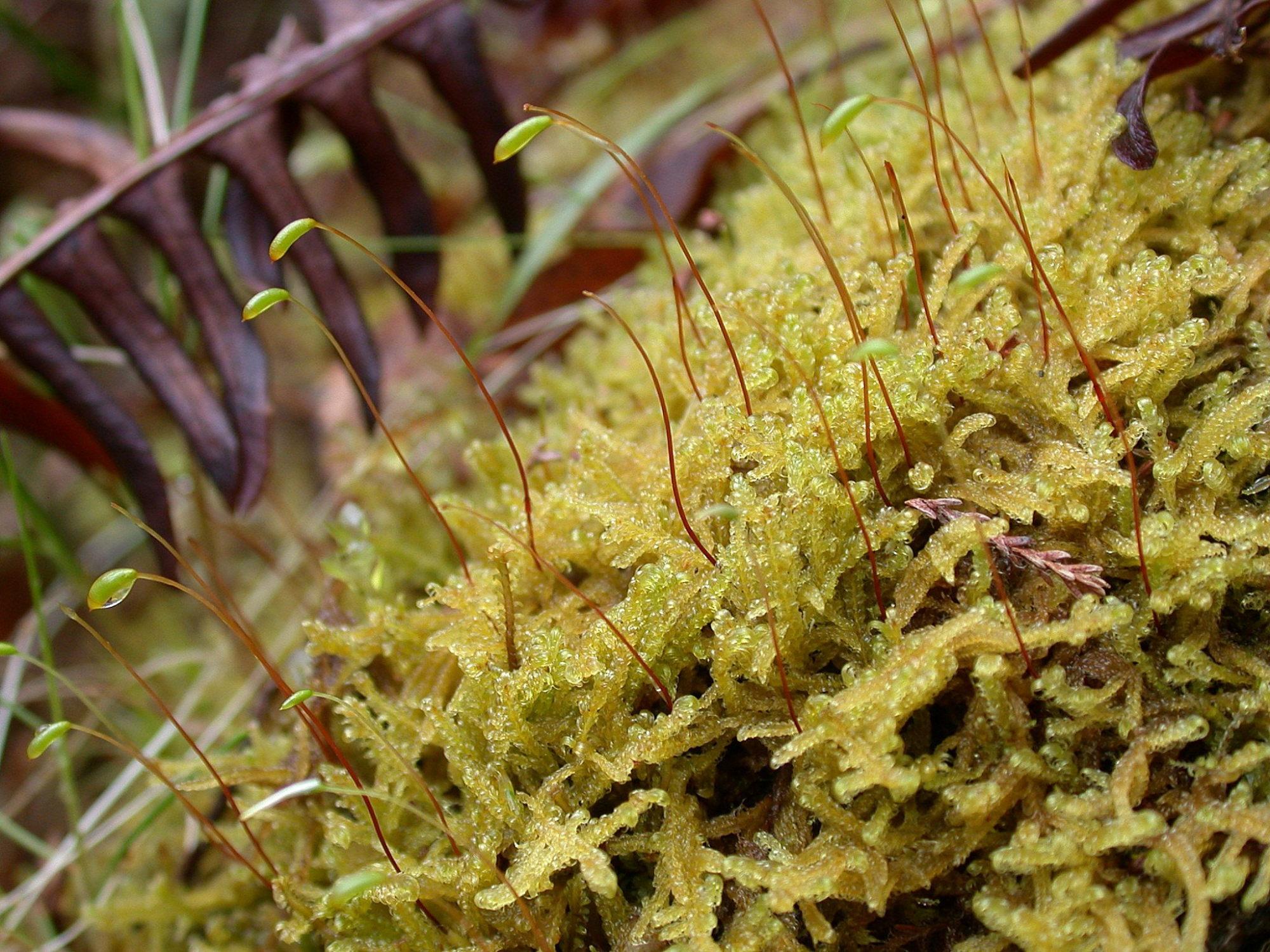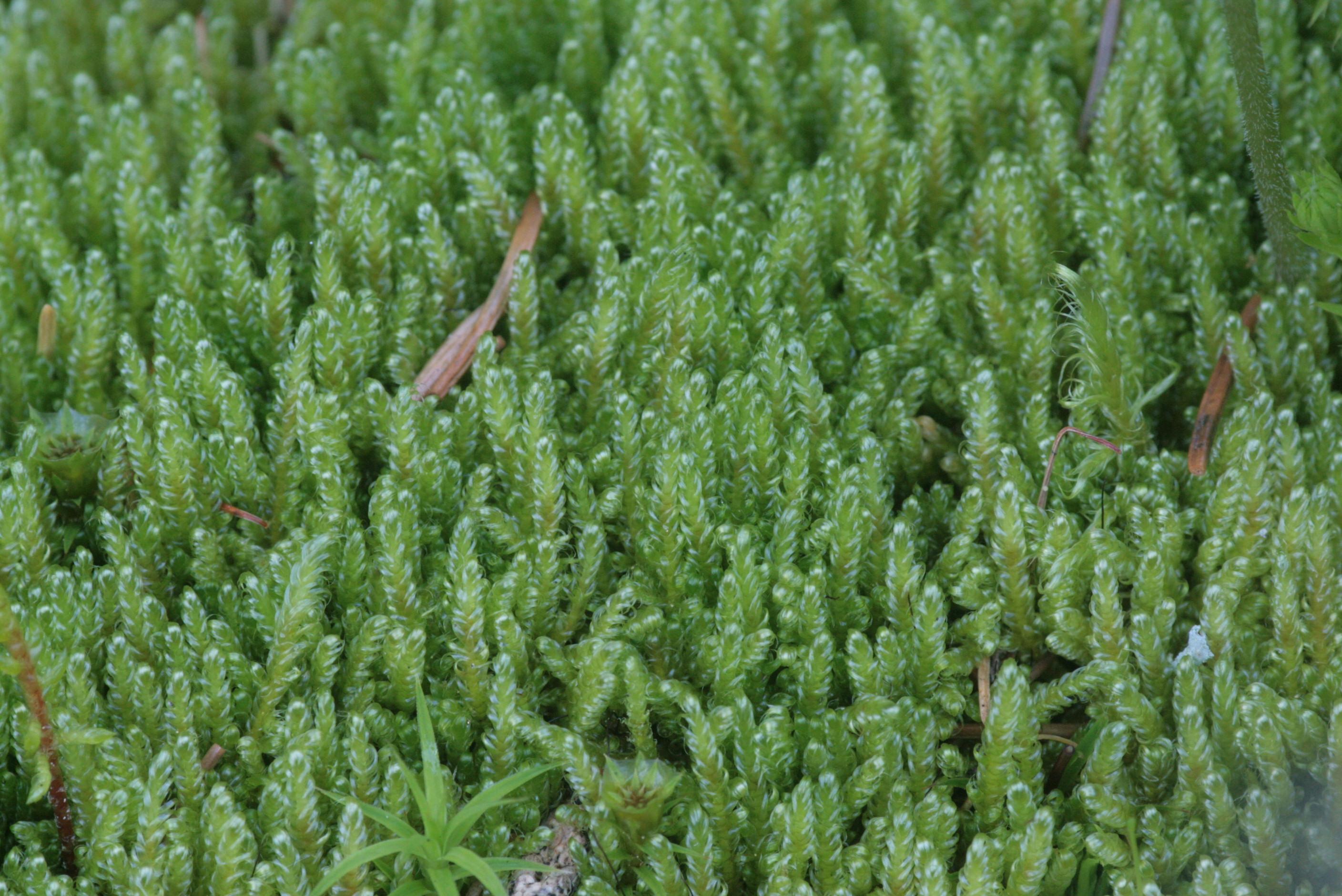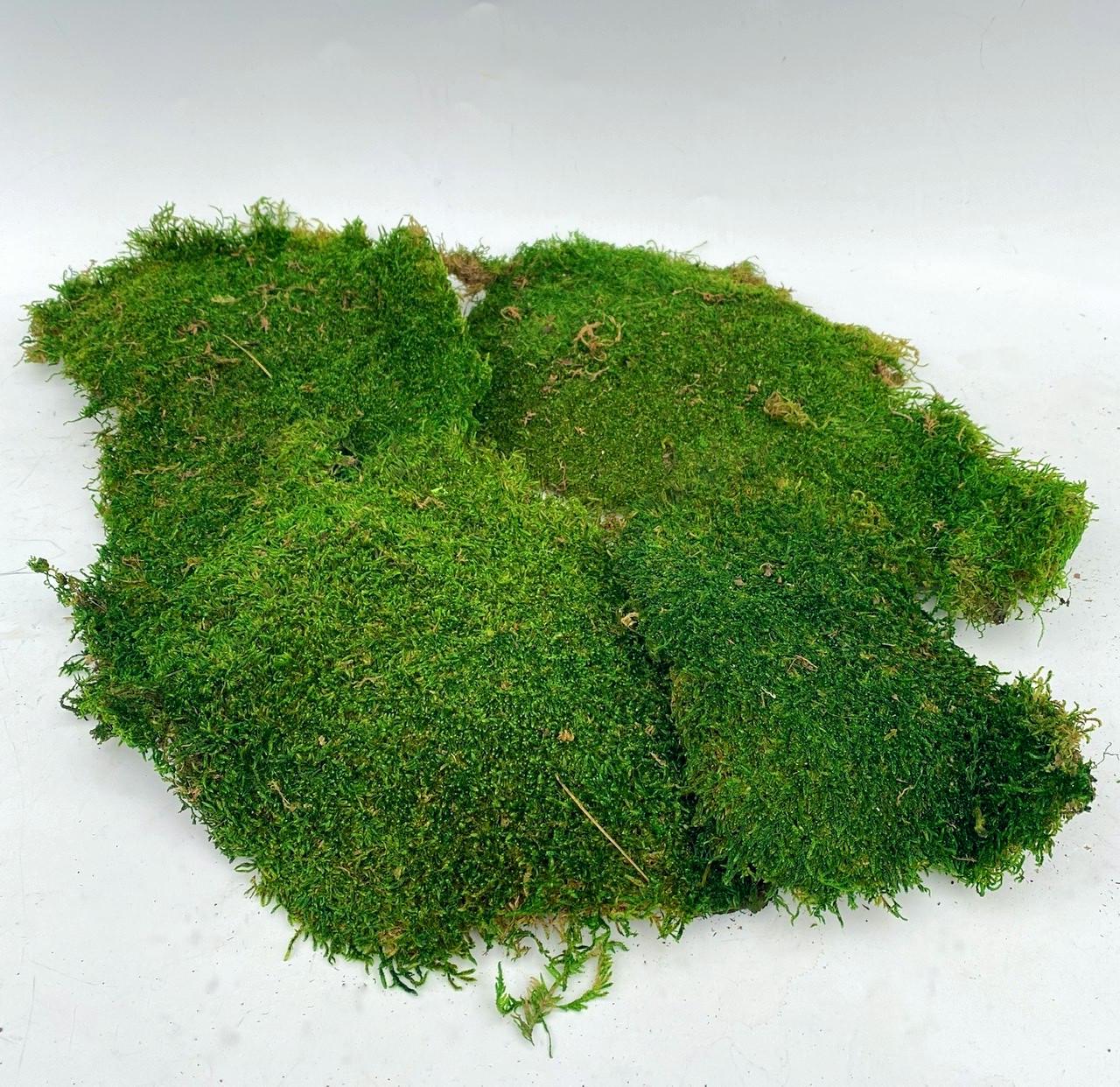
Hypnum-callichroum-1-Affric-2006_v1.jpg from: https://www.britishbryologicalsociety.org.uk/learning/species-finder/stereodon-callichrous/
Introduction
In the vast and captivating world of bryophytes, one particular moss species stands out for its unique charm and ecological significance – the Hypnum callichroum Brid., commonly known as Hypnum. This unassuming yet remarkable member of the Stereodontaceae family has captured the hearts of moss enthusiasts worldwide, offering a fascinating glimpse into the intricate tapestry of nature’s smallest wonders.
Background
Before delving into the intricacies of Hypnum callichroum Brid., it’s essential to understand the broader context of bryophytes. These non-vascular plants, which include mosses, liverworts, and hornworts, are often overlooked but play a crucial role in various ecosystems. They are among the oldest land plants on Earth, with a rich evolutionary history dating back millions of years.

hypnum_callichroum.jpg from: https://www.earth.com/plant-encyclopedia/Bryophytes/Hypnaceae/hypnum-callichroum/en/
Main Content
Morphology and Identification
Hypnum callichroum Brid. is a pleurocarpous moss, meaning its stems grow horizontally along the substrate. Its vibrant green hue and delicate, feathery appearance make it a true delight to behold. The leaves of this moss are ovate-lanceolate, with a distinctive midrib running along their length. When observed under a microscope, the leaf cells reveal a intricate pattern of hexagonal shapes, adding to the moss’s allure.
Global Distribution and Habitat
This remarkable moss species can be found across various regions of the world, thriving in a diverse range of habitats. From the cool, moist forests of North America and Europe to the temperate regions of Asia, Hypnum callichroum Brid. has adapted to a wide array of environmental conditions. It often grows on decaying logs, tree trunks, and moist soil, forming lush carpets that add a touch of verdant beauty to its surroundings.
Ecological Roles and Adaptations

120px-Hypnum_callichroum_(a%2C_144809-474434)_5071.JPG from: https://commons.wikimedia.org/wiki/Hypnum_callichroum
Despite its diminutive size, Hypnum callichroum Brid. plays a vital role in maintaining the delicate balance of its ecosystem. These mosses act as tiny sponges, absorbing and retaining moisture, creating a microhabitat for various invertebrates and providing a nurturing environment for seedling establishment. Additionally, their ability to colonize disturbed areas makes them valuable pioneers in the process of ecological succession.
Case Studies/Examples
One fascinating example of

medium.jpg from: https://www.inaturalist.org/taxa/163991-Hypnum-callichroum
Hypnum callichroum Brid.‘s ecological significance can be found in the Pacific Northwest region of North America. Here, this moss species forms a crucial component of the understory vegetation in old-growth forests, contributing to the overall biodiversity and supporting a myriad of other organisms, from fungi to insects.
Technical Table

2e076271-8a93-46a5-8dd3-37a9f2a44d7b__68444.1637094020.jpg from: https://www.orchidweb.com/supplies/potting-media/preserved-sheet-moss-hypnum-curvifolium
| Characteristic | Description |
|---|---|
| Phylum | Bryophyta |
| Class | Bryopsida |
| Order | Hypnales |
| Family | Stereodontaceae |
| Genus | Hypnum |
| Species | Hypnum callichroum Brid. |
Conclusion
In the intricate tapestry of nature, Hypnum callichroum Brid. stands as a testament to the beauty and resilience of bryophytes. This unassuming moss species has captivated enthusiasts with its delicate charm and played a vital role in maintaining the ecological balance of its habitats. As we continue to explore and appreciate the wonders of the natural world, let us ponder this thought-provoking question: What other hidden gems lie waiting to be discovered, and how can we better protect and preserve these invaluable components of our ecosystems?